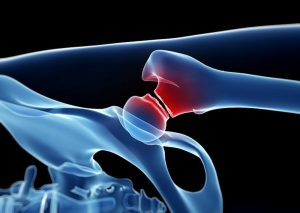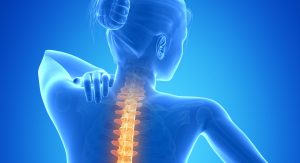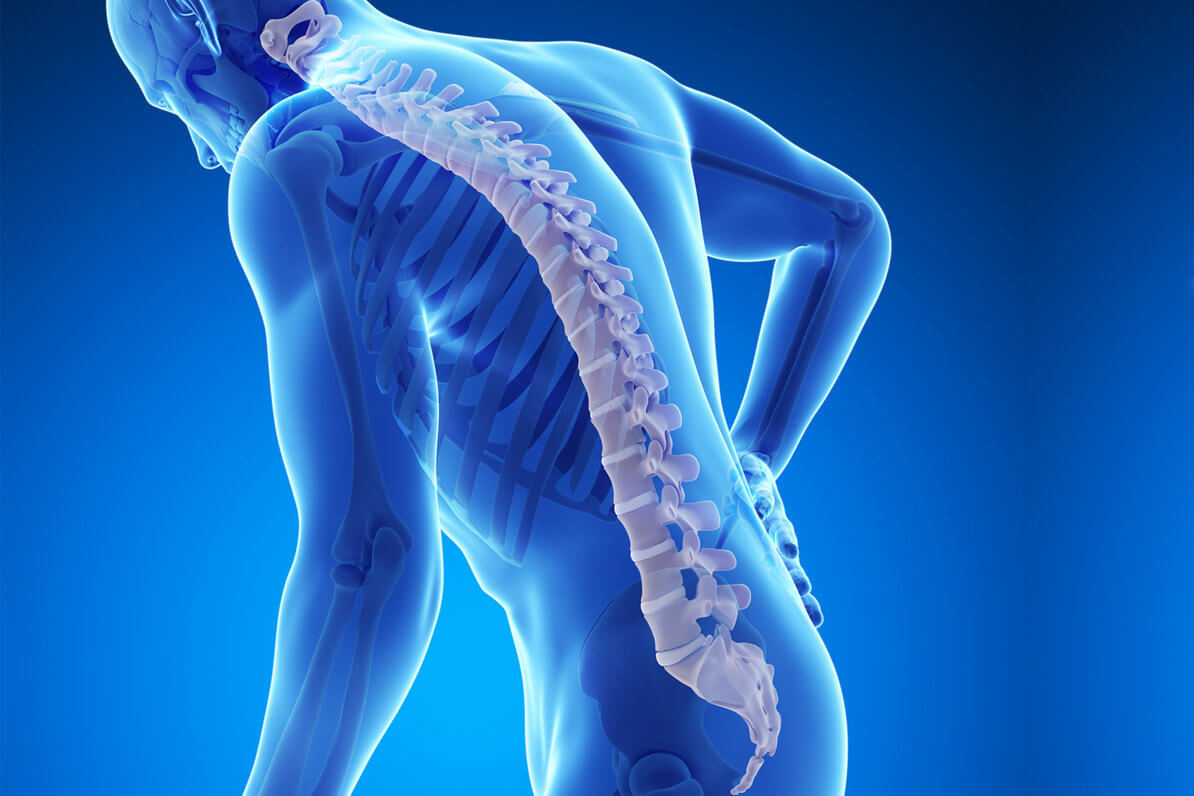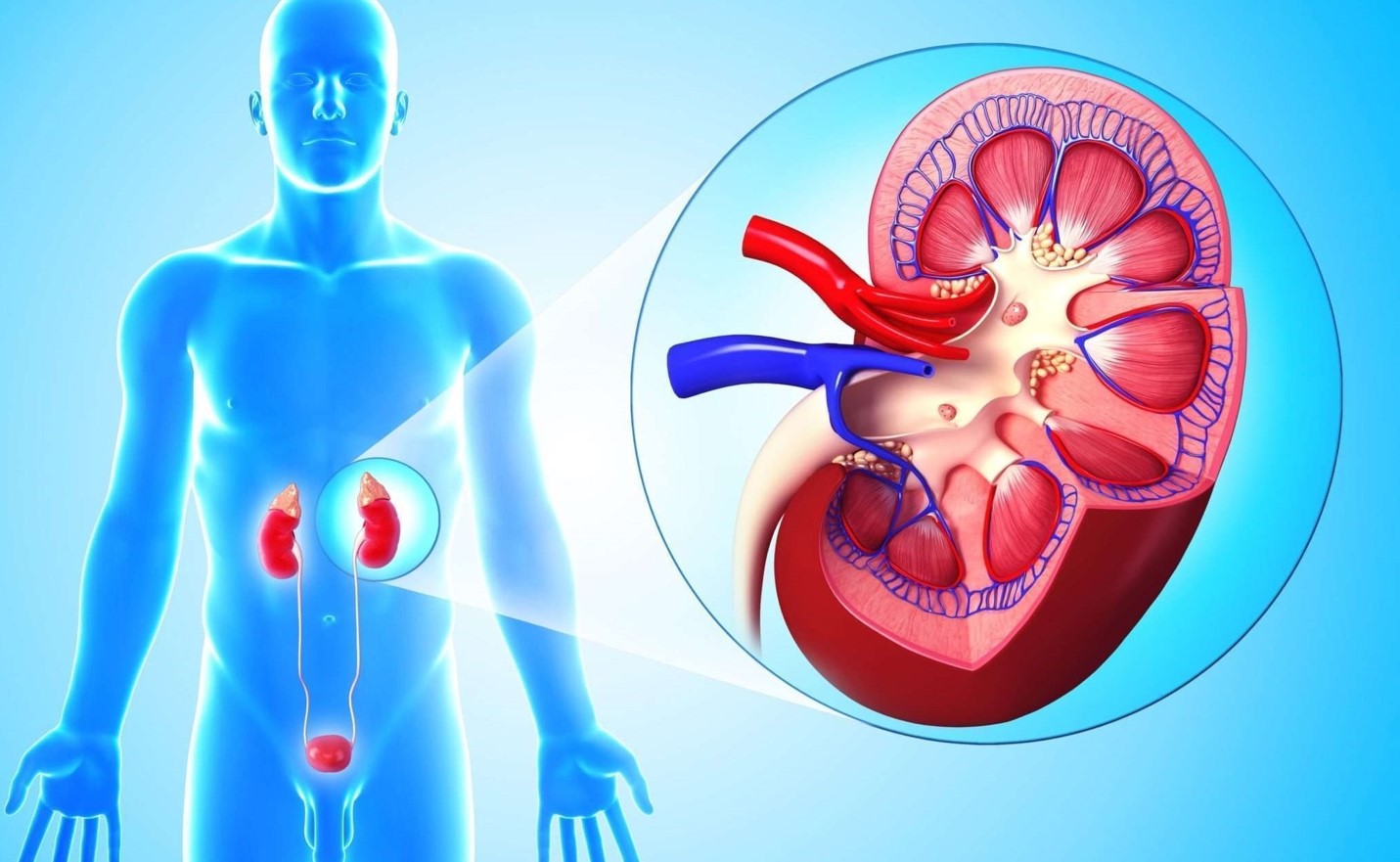Osteoporosis – an endocrinologist’s view
A patient with suspicion of osteoporosis or with an already existing disease often comes to a consultation with an endocrinologist on the recommendation of a physician – therapist, gynecologist or surgeon. Rarely does someone turn on their own. Among patients, and even among doctors sometimes, there is an underestimation of the real extent of this disease.
Some alarming statistics:
According to the report of the International Osteoporosis Foundation (IOF: Osteoporosis in the assessment of fracture risk, 2006), after 50 years, this disease is diagnosed in every 3 women, every 5 men. Of these, 24% of women and 33% of men die within the first year after a hip fracture.
In Russia, 14 million people, which is 10% of the population of our country, suffer from osteoporosis. Another 20 million people have osteopenia, a condition in which bone mineral density and mass are reduced. Thus, in Russia 34 million people are in the group of potential risk of osteoporotic fractures. Moreover, every minute in the country, people over 50 have 7 vertebral fractures, every 5 minutes – a hip fracture.
According to statistics, 10% loss of bone mineral density in the vertebral bodies leads to a 2-fold increase in the risk of fractures, and the same decrease in the femur leads to a 2.5-fold increase in the risk of fracture of the distal femur.
After suffering an osteoporotic fracture, the risk of subsequent fractures is up to 86%. Most patients after an osteoporotic fracture do not receive therapy (according to the Russian Osteoporosis Association).
Osteoporosis ranks 4th in the list of fatal diseases after cardiovascular diseases, diabetes mellitus and cancer.
Osteoporosis is a disease in which bones become very thin, and most importantly, very fragile, and it is for this reason that the risk of fractures increases. The main task of the doctor is to reduce or prevent the risk of fractures!
Bone tissue is a renewing structure, since daily microtraumas occur in it, which the body successfully eliminates. This is due to bone remodeling, the process of which consists of resorption (destruction, resorption) and bone formation. In osteoporosis, these processes are disrupted.
Before the age of 16, there is a peak in bone mass gain (during this period, bone formation prevails over resorption).
At the age of 30-50, bone formation and resorption occur at the same rate.
In people over 50, resorption begins to exceed tissue formation.
Underestimation of the risk of the disease is associated with asymptomatic onset of osteoporosis. At first, a person usually does not feel these processes in any way. There is even a cliche: “Osteoporosis is a silent killer.” We usually know about osteoporosis when the first fracture occurs. Which can happen with minimal injury, lifting weights.
There are several non-specific signs of osteoporosis:
posture change
pain in the lumbar and thoracic spine with prolonged static load
senile stoop
decrease in height
the phenomenon of periodontal disease
Osteoporosis can be primary, associated with menopause, or senile (senile). And secondary, associated with various diseases: endocrine, rheumatic, kidney and digestive system diseases, blood diseases.
In about 40-60% of male osteoporosis cases, it is secondary.
In women, 85% is postmenopausal osteoporosis. There are many reasons, therefore, the treatment of osteoporosis can be dealt with by doctors of various specialties – therapists, neuropathologists, rheumatologists and endocrinologists.
RISK FACTORS OF OSTEOPOROSIS AND FRACTURES
Preceding fractures
Age 65 and over
Gender – women are at higher risk
Heredity (family history of osteoporosis)
Body weight (low body weight is an indicator of low bone mineral density and an indicator of a higher risk of fractures, in particular of the hip neck.
Hypogonadism (deficiency of sex hormones in both women and men)
Smoking
Inadequate calcium intake
Vitamin D deficiency
Alcohol abuse
Type 2 diabetes mellitus
Rheumatoid arthritis
Celiac disease
Glucocorticoids (systemic intake of GC for more than 3 months is one of the key risk factors for osteoporosis)
Falling is an independent risk factor
EXAMINATION OF THE PATIENT WHEN OSTEOPOROSIS IS SUSPECTED
DXA densitometry (examination of the spine and proximal femur)
Serum calcium and phosphorus
Vitamin D [25 (OH) D3] in serum
Alkaline phosphatase
Total protein
Clearance of creatinine
GROUPS OF PREPARATIONS FOR OSTEOPOROSIS TREATMENT
One of the main goals of osteoporosis https://en.wikipedia.org/wiki/Osteoporosis therapy is to prevent fractures, which is achieved by increasing bone density during treatment, as well as improving the quality of bone tissue. In addition, the use of non-drug methods such as prevention of falls, rejection of bad habits, diet, adequate physical activity, educational programs are important components in the treatment and prevention of osteoporosis.
Currently, for the treatment of osteoporosis, it is possible and necessary to individually select both tablet and injectable drugs from various groups. Vitamin D and calcium supplements are part of any treatment regimen, but is not limited to them.
GROUPS OF PREPARATIONS FOR OSTEOPOROSIS TREATMENT
BISPHOSPHONATES
Parathyroid hormone (Teriparatide)
RANKL inhibitors – Denosumab
Strontium ranelate
Menopausal hormone therapy (if indicated)
Selective estrogen receptor modulators
Calcitonin
It must be remembered that the treatment of this disease is long-term, requiring the mutual participation of both the doctor and the patient.



